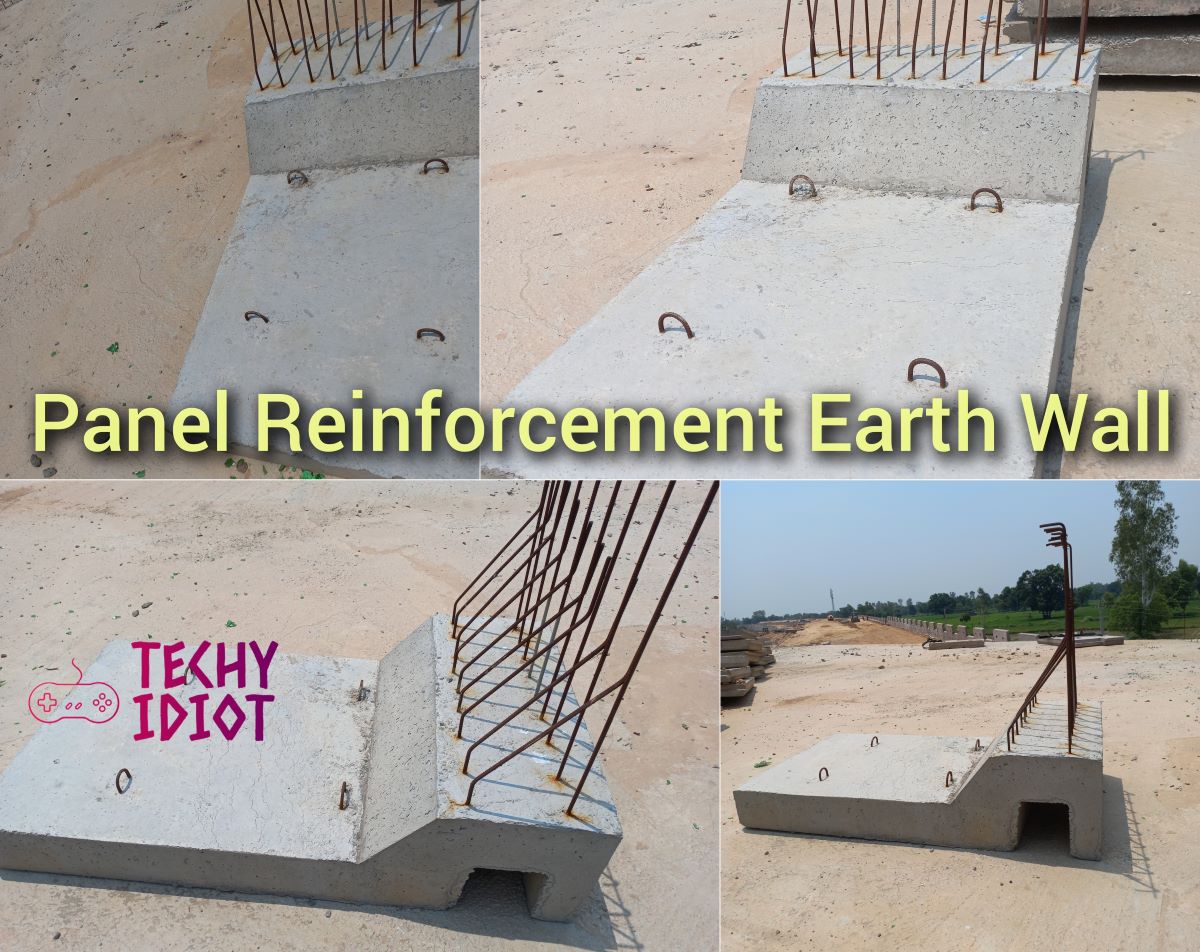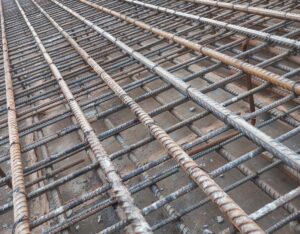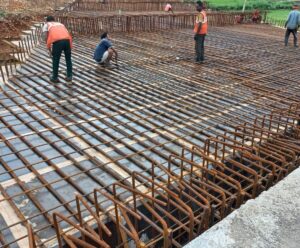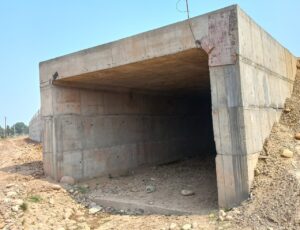Reinforcement Earth wall is a type of retaining wall, that retain the road and highways from soil and water damage. reinforcement earth wall is also known as RE wall. as for its name Reinforcement bar is used in their panel structure, so Reinforced cement concrete is used in reinforcement earth wall construction.
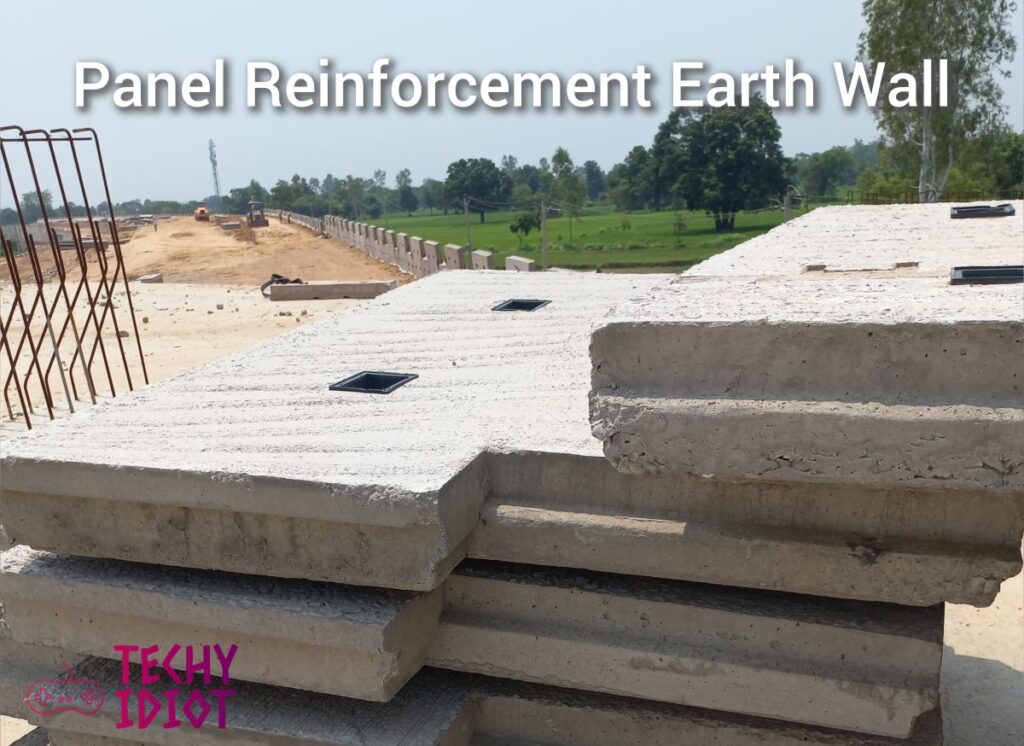
What is a Reinforcement Earth Wall?
A reinforcement earth wall is a type of retaining wall that relies on reinforcing materials like steel or geosynthetics to enhance its stability. These walls are integral in supporting various structures by holding back soil and preventing erosion.
Types of Reinforcement Earth Walls
Mechanically Stabilized Earth (MSE) Walls
MSE walls are popular due to their strength and adaptability. They use layers of soil and reinforcing materials to create a composite structure that can withstand significant loads.
Geosynthetic Reinforced Soil (GRS) Walls
GRS walls utilize geosynthetic materials like geotextiles and geogrids to reinforce the soil. These materials enhance the wall’s stability and are especially useful in areas with challenging soil conditions.
Segmental Retaining Walls (SRW)
SRWs are modular and often constructed with interlocking blocks. They are favored for their aesthetic appeal and ease of installation, making them a popular choice in residential and commercial projects.
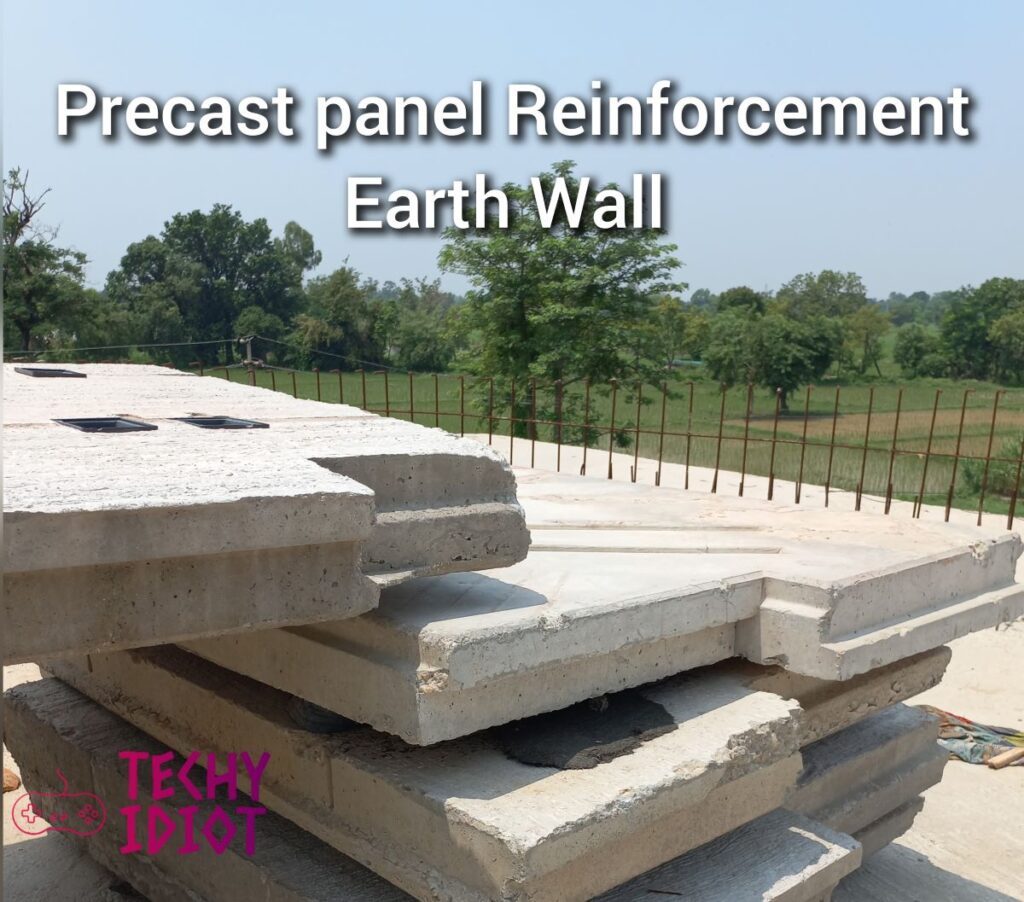
Materials Used in Reinforcement Earth Walls
Steel Reinforcements
Steel remains a primary material for reinforcement due to its strength and durability. It’s used in various forms, including bars and meshes, to provide structural support.
Geotextiles and Geogrids
These synthetic materials are critical in modern reinforcement techniques. They offer flexibility, enhance drainage, and improve soil stability.
Natural Materials
In some projects, natural materials like bamboo and timber are used for reinforcement. These eco-friendly options are gaining traction for their sustainability.
Advantages of Reinforcement Earth Walls
- One of the biggest advantages of reinforcement earth walls is their design flexibility. They can be tailored to fit various landscapes and structural requirements, making them suitable for a wide range of projects.
- With increasing focus on green construction, reinforcement earth walls stand out for their sustainable attributes. They often use recycled materials and have a smaller environmental footprint compared to traditional walls.
Conclusion
Reinforcement earth walls are an indispensable part of modern construction, offering stability, sustainability, and cost-effectiveness. As technology and materials continue to evolve, these walls will play an even more critical role in building our infrastructure and preserving our landscapes.
What are the main benefits of using reinforcement earth walls?
Reinforcement earth walls offer several benefits, including cost-effectiveness, design flexibility, and sustainability. They provide robust support for various structures and help in erosion control.
What are the common materials used in reinforcement earth walls?
Common materials include steel reinforcements, geotextiles, geogrids, and natural materials like bamboo and timber, depending on the project’s requirements and environmental considerations.

